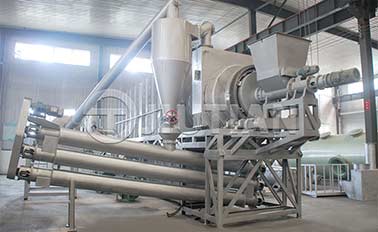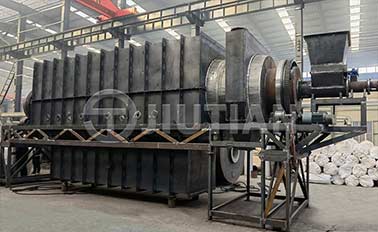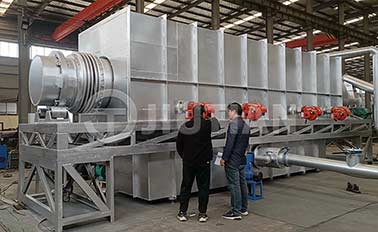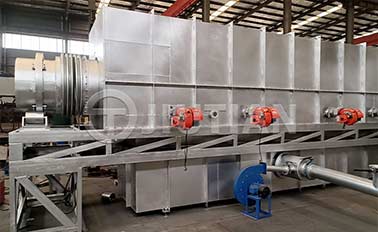Carbonizing walnut shells to make activated carbon is a common method for preparing activated carbon. Walnut shell activated carbon has a strong pore structure. These pores give the activated carbon its adsorption capacity. It can adsorb heavy metals such as mercury, copper and chromium in wastewater. It can also be used for desulfurization treatment. The removal rate of methyl iodide can reach 98.1%. Its removal rate can reach 98.1%. The preparation process is as follows:
1. Carbonization treatment: Put walnut shells into a carbonization furnace and undergo high-temperature pyrolysis and carbonization to remove moisture and gas to obtain walnut shell charcoal. The walnut shell carbonization machine is used to carbonize small pieces of materials, such as walnut shells, fruit shells, and rice husks. If the raw materials are relatively large, they need to be crushed first before further carbonization.

2. Activation treatment: Put the carbonized walnut shell charcoal into the activation furnace for activation treatment. In this process, by using media such as activators or water vapor, the microporous structure of walnut shell carbon is developed and the specific surface area is increased, thus providing the precursor conditions for making nut shell activated carbon.
When activating walnut shell carbonized materials, the characteristics of the substances to be adsorbed should be considered. Different substances have different requirements for the pore structure parameters, surface chemical properties and microcrystalline structure of the adsorbent. The activation treatment should be carried out according to the adsorption target. Activated carbon has better adsorption effect.

Location:Indonesia
Project Progress:Put Into Production

Location:Vietnam
Project Progress:Put Into Production

Location:Kenya
Project Progress:Put Into Production

Location:Canada
Project Progress:Put Into Production